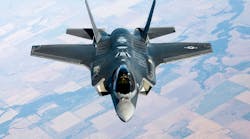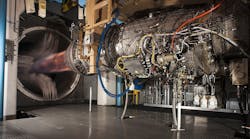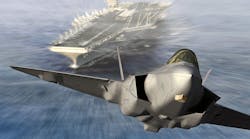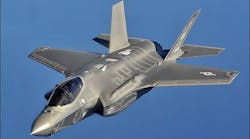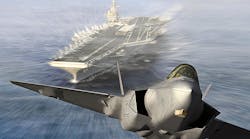The U.S. Department of Defense put a hold on deliveries of the F-35 Lightning II Joint Strike Fighter for 30 days earlier this fall, directing the jets’ contractors to fix the cause of “corrosion exceeding technical limits” around fasteners where the aluminum airframe joins the carbon-fiber exterior panels. News reports indicated the defects were discovered during routine maintenance, and added that protective coating at the fastening point would have prevented corrosion, according to Defense.
The F-35 is a single-engine, Stealth-enabled aircraft designed for deployment for ground attack and combat, and available in three variants: F-35A, for conventional takeoff and landing (CTOL); the F-35B, for short take-off and vertical-landing (STOVL), and the F-35C carrier-based variants, for Catapult Assisted Take-Off but Arrested Recovery (CATOBAR).
The corrosion was found on an F-35A. Production of the jets continued during the delay, and deliveries have now resumed. No causation or resolution of the defect was reported.
“While the issue was being evaluated, all F-35 deliveries to our customers were temporarily suspended by the F-35 Joint Program Office from September 21to October 20,” Lockheed stated, “while we determined the corrective action plan.”
DoD emphasized that “the fastener issue on the current F-35 fleet is not affecting flights, nor is it a safety concern.
Lockheed reportedly is investigating the extent of the corrosion issue on more than 250 jets deployed by the U.S. military and allied defense forces participating in the Joint Strike Fighter program. The contractor is said to be reviewing work instructions for assembly teams building the aircraft.
